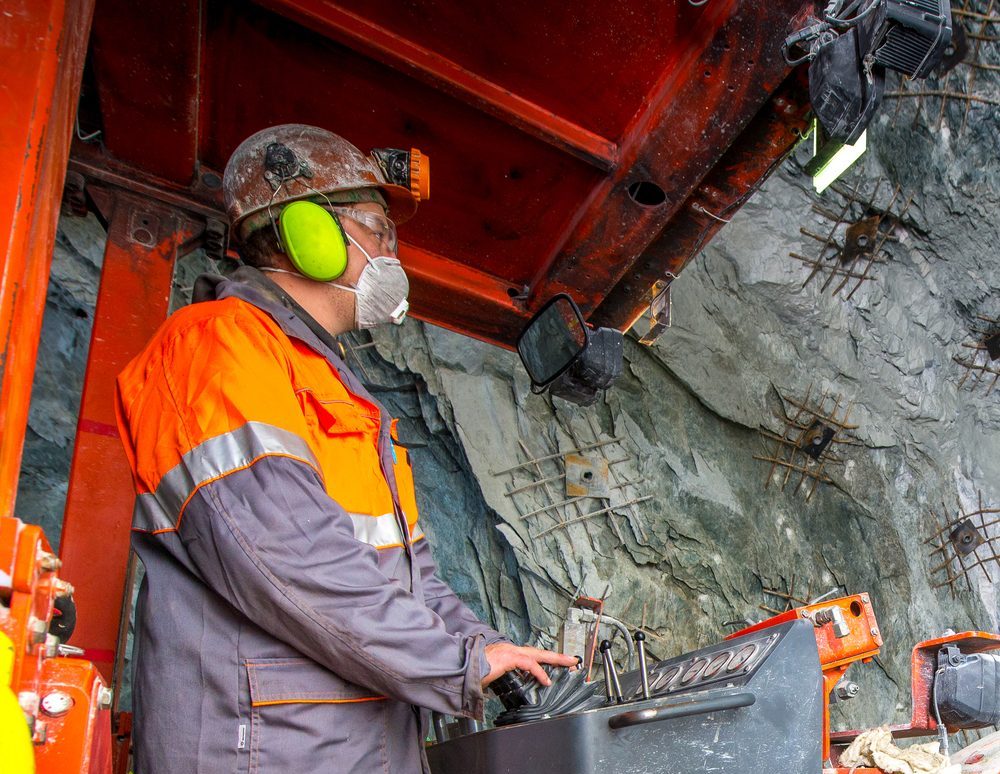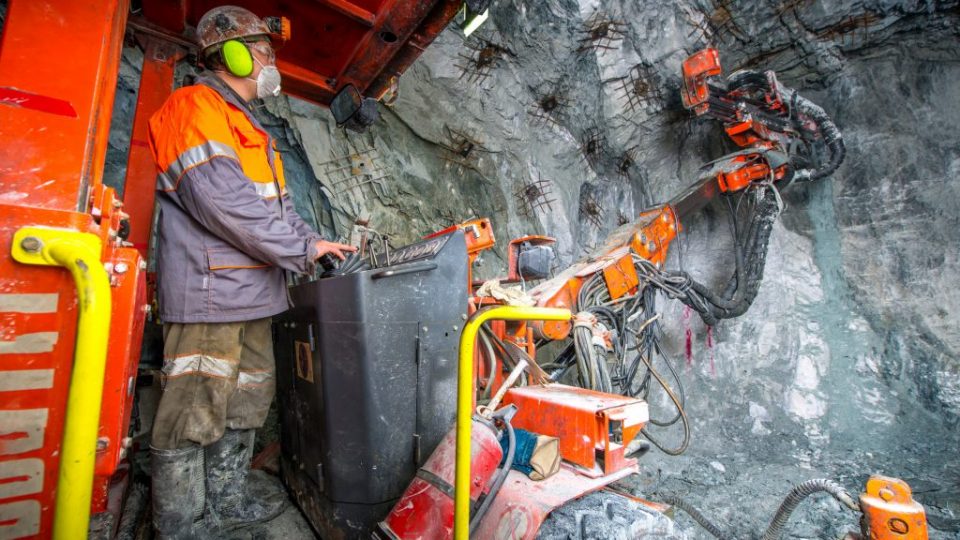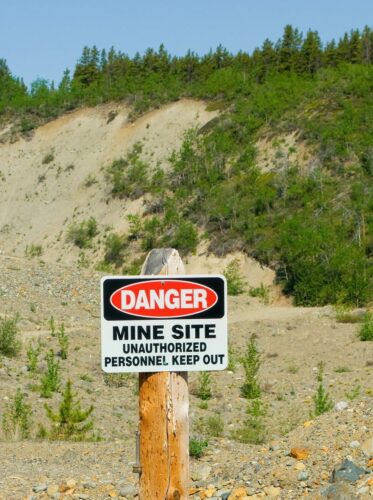
Top 5 Risks to a Worker in the Mining Industry
Mining is a vital part of the Canadian economy, contributing more than $90 billion to Canada’s GDP and employing more than 600,000 workers in 2018. However, statistics show that mining is the second-most dangerous industry in the country with almost 47 work fatalities per 100,000 workers. It is an occupation full of hazards, and all employees must know the risks to understand why safety precautions are in place.
The top five risks to a worker in the mining industry are:
1. Lung Damage
If proper protective gear is not used correctly, countless particulates and dust particles can enter a mine worker’s lungs, causing major health issues like black lung, lung cancer, and chronic bronchitis.
While the number of black lung cases has drastically decreased in the past century, it is still a major concern in the industry. Plus, breathing in toxic particles can exacerbate pre-existing lung conditions such as asthma, COPD, or smoking-related issues.
2. Hearing Damage
High noise levels are a natural byproduct of mining, and the main sources of noise are equipment and transportation. Noise exposure can cause a loss of concentration and reduced efficiency, and long-term exposure can cause permanent hearing problems.
In one study, 42% of Canadian mine workers reported exposure to hazardous occupational noise, and hearing loss was associated with those who had ten or more years on the job. An American study found that about one in four mine workers had job-related hearing loss, more than any other industry.
3. Stress and Fatigue
Miners often work long hours, handle physically and mentally demanding tasks, and spend time in dark environments. These conditions can cause stress and fatigue, which is often an overlooked risk for mine workers.
Research shows that heavy levels of fatigue have similar symptoms to intoxication, affecting reaction time, decision-making skills, and injury rates at work. Additionally, a fatigued mine worker is more likely to cause an incident that injures multiple people.

4. Radioactive Materials
Radon is a radioactive gas that is produced by the natural breakdown of uranium in soil and rock. Radon is a colourless and odourless carcinogen that is found everywhere, but it’s normally diluted when we breath it in. However, radon can reach unsafe levels in poorly ventilated or confined areas, like those found in mining work sites.
According to the Canadian Cancer Society, radon is the leading cause of lung cancer among non-smokers and second-largest cause among smokers. Considering the condition of mining sites, workers are at a higher risk of unsafe radon exposure than the average person.
5. Lifting Injuries
Even with modern technology and equipment, mining remains a physically demanding occupation. Repetitive motions and lifting heavy loads are part of a mine worker’s job, but these actions can lead to back injuries and pulled or strained muscles.
In fact, one health and safety report showed that improper lifting was the second-highest cause of mining workplace injuries. These incidents result in the direct cost of care and in lost time, but they also cause hefty indirect costs to the employer.
Companies can mitigate risks to mine workers by educating them on occupational hazards and requiring them to pass all safety training before working on-site.































